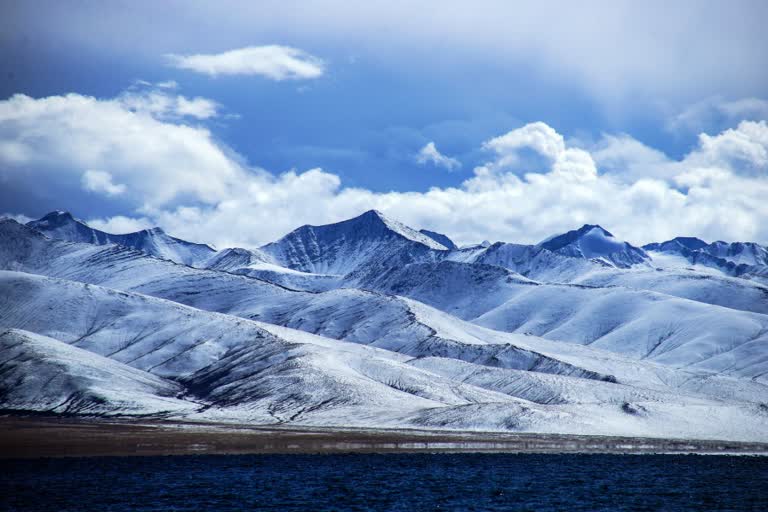Beijing: The Tibetan Plateau, known as "the roof of the world", may warm faster than climate models have projected due to increasing greenhouse gas emissions, say researchers.
The team, led by University of Chinese Academy of Sciences researchers, used CMIP5 -- an archive of comprehensive climate models -- in which historical simulations are driven by individual external forcings.
The results showed that human influence is the dominant driver for the observed warming of the Tibetan Plateau (1.23 degrees Celsius over 1961-2005) with the greenhouse gases in particular contributing approximately 1.37 degrees Celsius, which was slightly offset by anthropogenic aerosols.
The plateau will warm faster than previously expected in the future: under a medium carbon emission scenario, it is expected to warm by 2.25 degrees Celsius in the mid-term (2041-2060).
And at the end of 21st century (2081-2100), which will be 0.24 degrees Celsius and 0.32 degrees Celsius warmer than the uncorrected projections, the plateau will likely warm by 2.99 degrees Celsius, according to the study recently published in the journal Environmental Research Letters.
"This implies a greater loss of glacier mass and further increased geohazard risks in the Asian water tower," said Wenxia Zhang, from the Institute of Atmospheric Physics, Chinese Academy of Sciences in Beijing, China.
The Tibetan Plateau contains the largest volumes of ice outside the Arctic and Antarctic, feeding water to dozens of major Asian rivers.
However, the rapid warming of the "Water Tower of Asia" has significantly affected regional hydrological cycle and ecosystem services, leading to remarkable glacier retreat and geohazard disasters such as landslides, debris flows and glacial lake outbursts, the researchers said.
"A clear understanding of the past warming of the Tibetan Plateau, particularly the underlying human influence, can help better anticipating and interpreting future changes," said lead author Tianjun Zhou, a professor at the University of Chinese Academy of Sciences.
Also Read: Celebrating World Atmosphere Day 2021
(Inputs from IANS)



